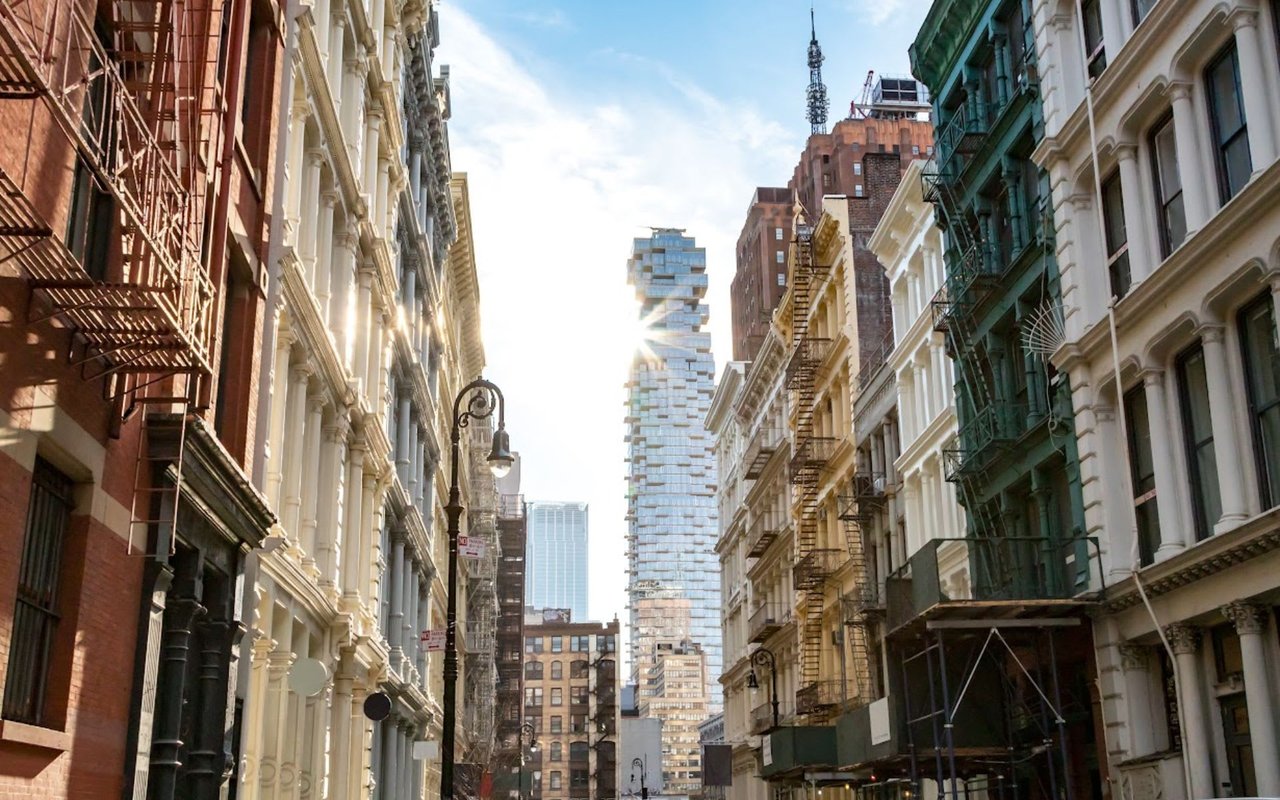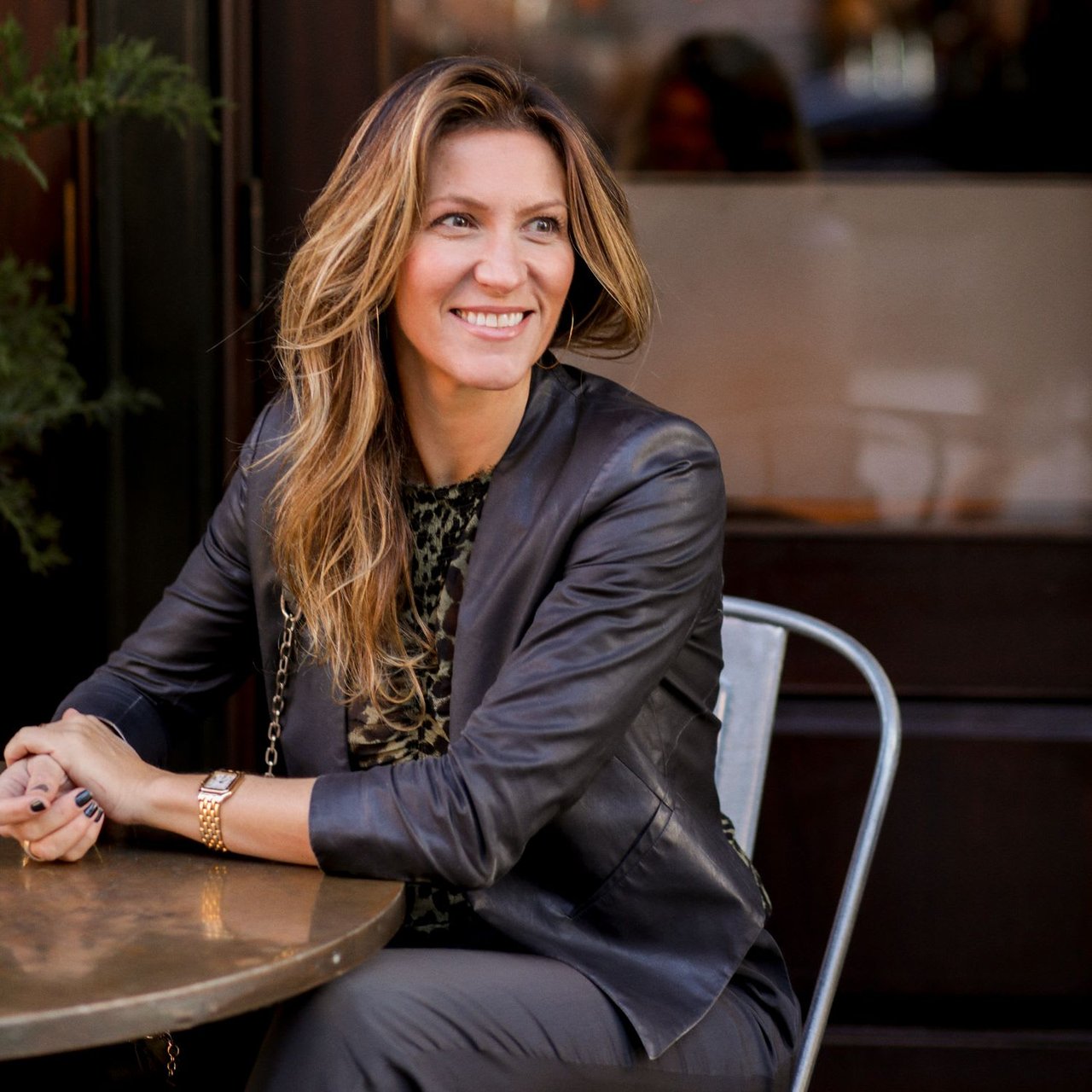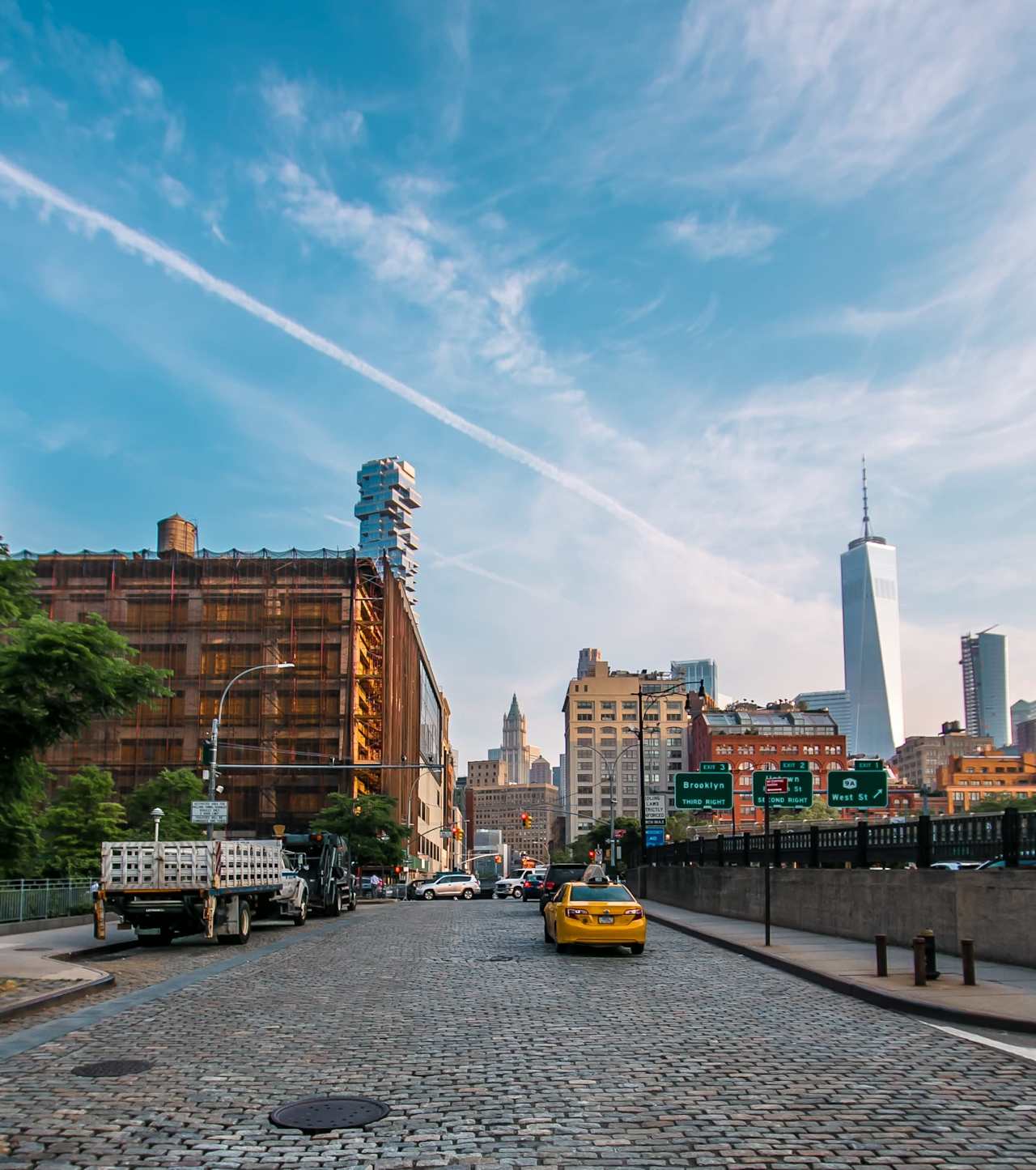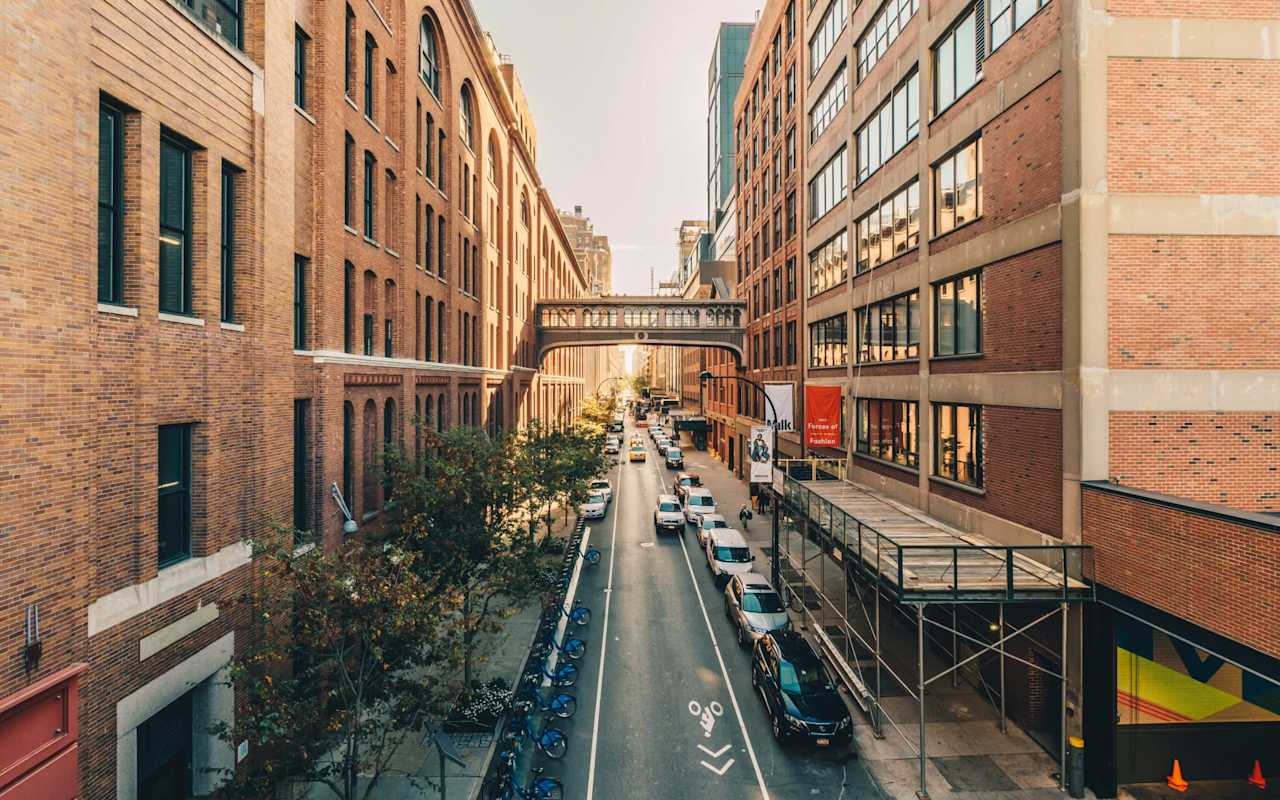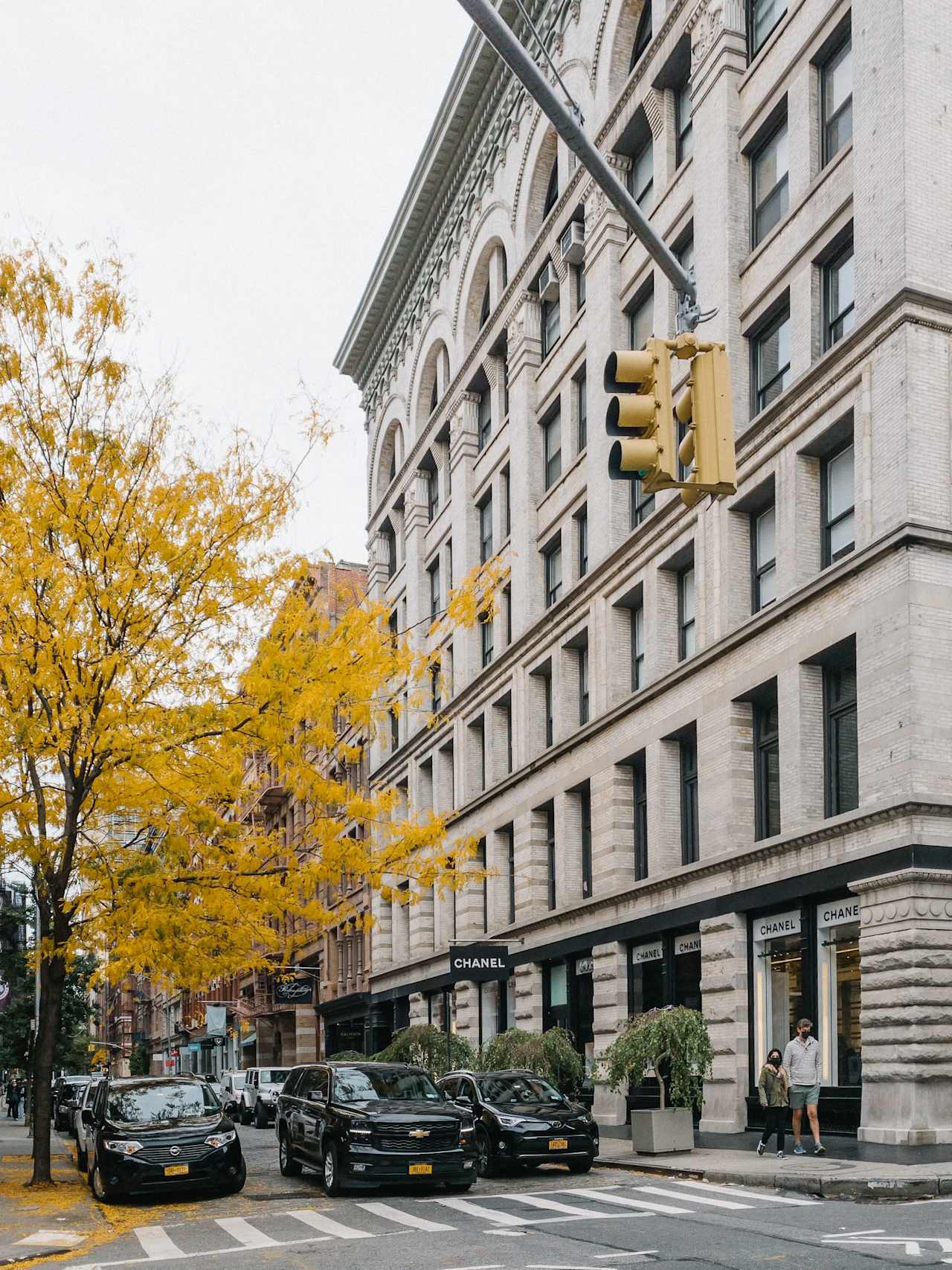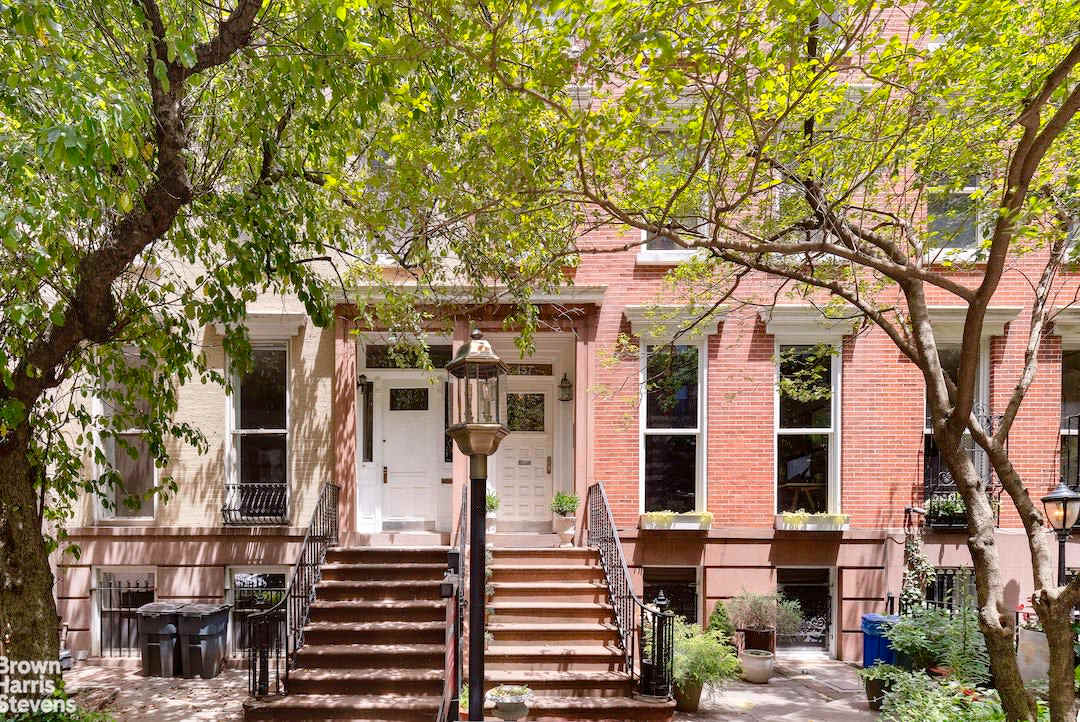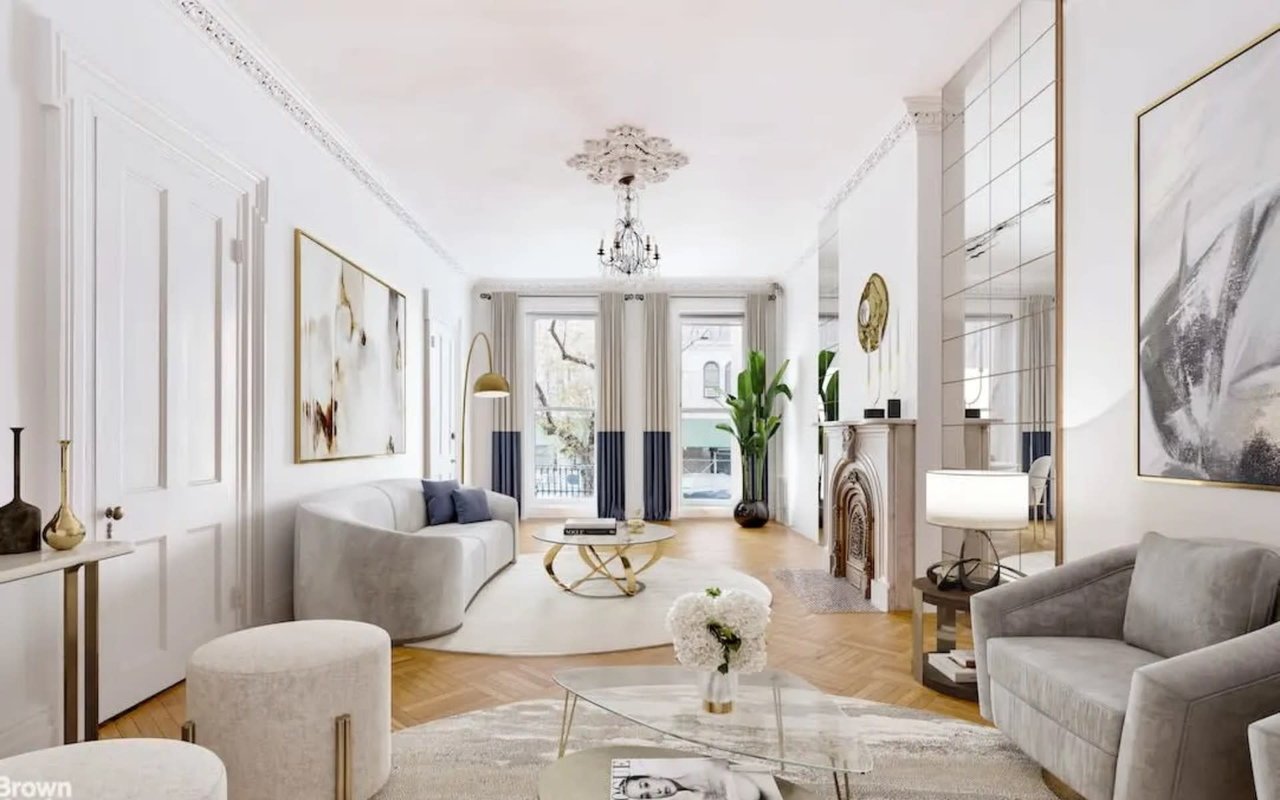Tribeca (Triangle Below Canal Street) is one of Manhattan’s most iconic and prestigious neighborhoods. Its cobblestone streets link industrial-chic residences with local restaurants, shops, art galleries, and a litany of niche businesses. The neighborhood bars come alive at night, and Tribeca is hospitable for families, ensuring healthy demand in the local real estate market.
You may have considered moving to Tribeca and want to learn the area like a local expert. Here’s what makes the neighborhood special and what your life might look like as a proud owner of Tribeca real estate.
How is Tribeca unique?
Few neighborhoods can claim the rich history and eclectic culture that make Tribeca special. Initially a tract of Dutch farmland, Tribeca became a commercial hub during the Industrial Revolution, the site of many 19th-century warehouses. The community saw redevelopment begin in the 1960s, and many historic buildings have since been converted into loft apartments, restaurants, and stores.
Few could have foreseen Tribeca’s transformation into an industrial-chic culture magnet. The neighborhood’s boutiques are as quirky as you’ll find in New York City. Its restaurants are extravagant (more on that soon), and its art galleries are the definition of vibrant. By way of contrast, New York Law School and the Ghostbusters Headquarters are a stone’s throw from each other. About one in five Tribeca residents were born outside the U.S. The neighborhood houses its share of celebrities, providing locals with what F. Scott Fitzgerald once described as “the consoling proximity of millionaires.”
Few could have foreseen Tribeca’s transformation into an industrial-chic culture magnet. The neighborhood’s boutiques are as quirky as you’ll find in New York City. Its restaurants are extravagant (more on that soon), and its art galleries are the definition of vibrant. By way of contrast, New York Law School and the Ghostbusters Headquarters are a stone’s throw from each other. About one in five Tribeca residents were born outside the U.S. The neighborhood houses its share of celebrities, providing locals with what F. Scott Fitzgerald once described as “the consoling proximity of millionaires.”
What justifies the cost of living in Tribeca?
By national standards, the cost of living in New York City is already fairly high. Given that Tribeca is one of the most affluent neighborhoods in all of NYC, it shouldn’t be a surprise that you’ll have to pay a pretty penny to live there. Most residents make high salaries, and homes sell in the mid-$3 millions.
Tribeca is always in demand, and its parks and schools especially appeal to families. District 2 operates some of the best public schools in the city, including P.S. 234 (elementary). Students can attend highly-rated after-school programs like German School Manhattan or NY Kids Club, which has two classrooms, a gym, and a dance studio.
Pier 25 at Hudson River Park exemplifies the youthful energy of Tribeca. The park features several playgrounds with fountains perfect for cooling off in the summer. There’s also a minigolf course, sand volleyball courts, and beautiful views of the Statue of Liberty and Ellis Island. Joggers, riders, and walkers will appreciate the Hudson River Greenway, a 13-mile pedestrian trail locals know as the HRG.
Tribeca is always in demand, and its parks and schools especially appeal to families. District 2 operates some of the best public schools in the city, including P.S. 234 (elementary). Students can attend highly-rated after-school programs like German School Manhattan or NY Kids Club, which has two classrooms, a gym, and a dance studio.
Pier 25 at Hudson River Park exemplifies the youthful energy of Tribeca. The park features several playgrounds with fountains perfect for cooling off in the summer. There’s also a minigolf course, sand volleyball courts, and beautiful views of the Statue of Liberty and Ellis Island. Joggers, riders, and walkers will appreciate the Hudson River Greenway, a 13-mile pedestrian trail locals know as the HRG.
What’s the housing market like in Tribeca?
On the one hand, Tribeca is subject to the overarching trends of the national economy and housing market. High interest rates are stalling sales across the country, and like investors nearby on Wall St., the Federal Reserve is keeping a close eye on inflation.
However, Tribeca has a unique dynamic you might describe as a high floor and ceiling. The neighborhood’s stellar reputation for families almost guarantees real estate will appreciate in the long term, while its ultraluxury properties raise the stakes into the eight figures.
Another advantage of Tribeca real estate is its instantly recognizable character. The renovated warehouses and industrial buildings nod to the neighborhood’s past. Its signature cobblestone streets are quiet and less vulnerable to traffic congestion. Buyers, sellers, and especially local agents recognize Tribeca for its vast, exclusive, and iconic properties.
However, Tribeca has a unique dynamic you might describe as a high floor and ceiling. The neighborhood’s stellar reputation for families almost guarantees real estate will appreciate in the long term, while its ultraluxury properties raise the stakes into the eight figures.
Another advantage of Tribeca real estate is its instantly recognizable character. The renovated warehouses and industrial buildings nod to the neighborhood’s past. Its signature cobblestone streets are quiet and less vulnerable to traffic congestion. Buyers, sellers, and especially local agents recognize Tribeca for its vast, exclusive, and iconic properties.
What do people do for fun in Tribeca?
Newcomers to Tribeca have to find lodgings, and if you’re in that situation, consider Hotel Barrière Fouquet. This four-star hotel opened in 2022, and its location on Greenwich St. is the perfect base camp for neighborhood adventure.
Once in town, many people head straight for the art galleries. Institutions like the James Cohan Gallery feature various art created by local and emerging artists. If you like what you see, you can return to view rotating displays, attend lectures, and take classes. Similarly, Tribeca is home to the New York Art Center. The artwork here reachers a worldwide network of buyers who engage with pieces digitally. Meanwhile, recurring events like the Tribeca Art Walk keep the center grounded in the local community, fostering conversation between local artists and attendees.
Where are some of the best places to eat in Tribeca?
Tribeca is a superb neighborhood for anyone exploring the city’s best restaurants. The local food scene comprises a lovely blend of longtime establishments and relatively new ventures, some of which are Michelin-starred or feature prix-fixe menus.
Locals and critics rave about Frenchette, a small bistro on W. Broadway just south of Tribeca Park. The restaurant serves French classics like beignets and escargot, though every section of the menu (including wine) is subject to change daily. Make reservations at Frenchette or One White Street, the Tribeca staple a half-block south of Frenchette. Fresh ingredients inform each dish, from the spare grilled sourdough to the decadent stuffed chicken. The menu breaks into two tiers: seasonal and more casual fare downstairs and a premium nine-course meal served upstairs.
New York is famous for its Italian restaurants, and Locanda Verde is the hot spot in Tribeca for rustic old country favorites. This corner restaurant welcomes patrons noon and night — come for the lively atmosphere and stay for the incredible pasta, seafood, and dessert offerings. Cap your night out at Holywater, a quirky neighborhood speakeasy where you’ll feel blissfully submerged.
How do people get around Tribeca?
By some estimates (and common sense), New Yorkers walk more than residents of any other city in the U.S. Like most neighborhoods in Manhattan, Tribeca is exceedingly walkable.
Let’s say you work with Sophie Ravet and decide to close on a home at 1 Worth St. (near the center of Tribeca). Already, you live within a five-minute walk of convenience stores, groceries, and dozens of restaurants. Want to try international cuisine? Go down the street for French, Indian, Italian, Japanese, Korean, Laotian, Moroccan, and more.
You can work remotely at a local cafe, get a drink after work, and branch out to other neighborhoods. Reach glamorous shopping in SoHo just a half-mile away. Chinatown is about three-quarters of a mile, and the Financial District is a mile south. The Franklin Street Station is right around the corner, providing straightforward access to all of Manhattan and the other four boroughs.
Let’s say you work with Sophie Ravet and decide to close on a home at 1 Worth St. (near the center of Tribeca). Already, you live within a five-minute walk of convenience stores, groceries, and dozens of restaurants. Want to try international cuisine? Go down the street for French, Indian, Italian, Japanese, Korean, Laotian, Moroccan, and more.
You can work remotely at a local cafe, get a drink after work, and branch out to other neighborhoods. Reach glamorous shopping in SoHo just a half-mile away. Chinatown is about three-quarters of a mile, and the Financial District is a mile south. The Franklin Street Station is right around the corner, providing straightforward access to all of Manhattan and the other four boroughs.
What’s next in your search?
Sophie Ravet has helped many people moving to Tribeca for the first time. She is deeply familiar with the current state of the market and the best neighborhoods in town. With nearly 20 years of experience in Manhattan real estate, Sophie offers a rare comprehensive understanding of the city’s local markets.
Sophie takes great pride in listening to each client’s unique concerns and preferences so that she can be sure she is tailoring the process to the specific individual in a way that helps them reach their real estate goals. Contact Sophie if you’re ready to begin looking for homes in Tribeca.
Sophie takes great pride in listening to each client’s unique concerns and preferences so that she can be sure she is tailoring the process to the specific individual in a way that helps them reach their real estate goals. Contact Sophie if you’re ready to begin looking for homes in Tribeca.
*Header photo courtesy of Shutterstock
